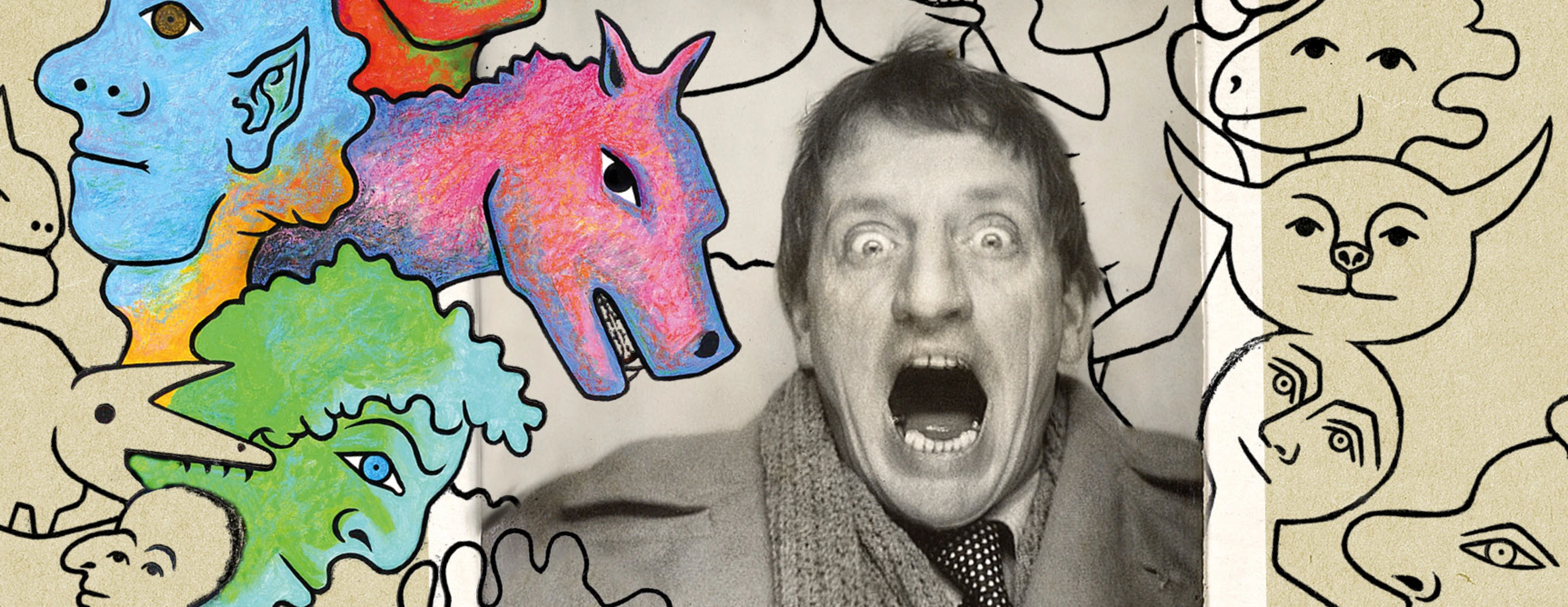Exhibition
Alfred Pellan In the Studio
In the Studio

About
"Painting is an essentially unencumbered activity. It is founded on emotions and revelation, making use of unpredictable means of artistic and poetic inventions to express itself."
– Alfred Pellan
